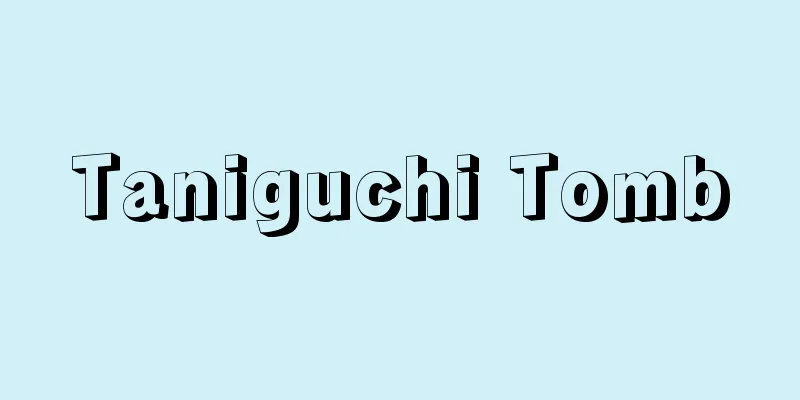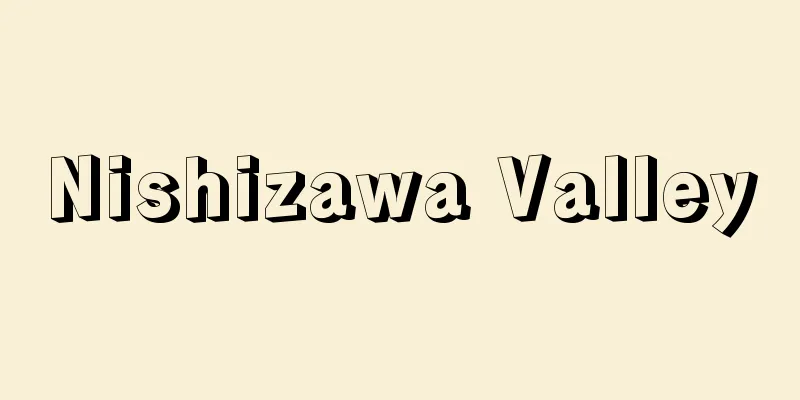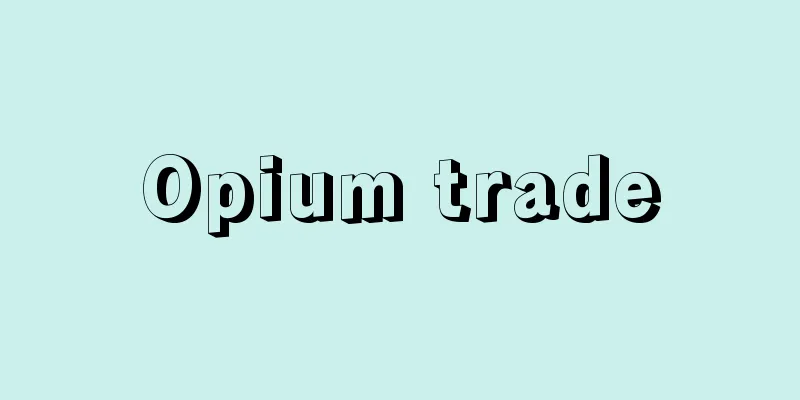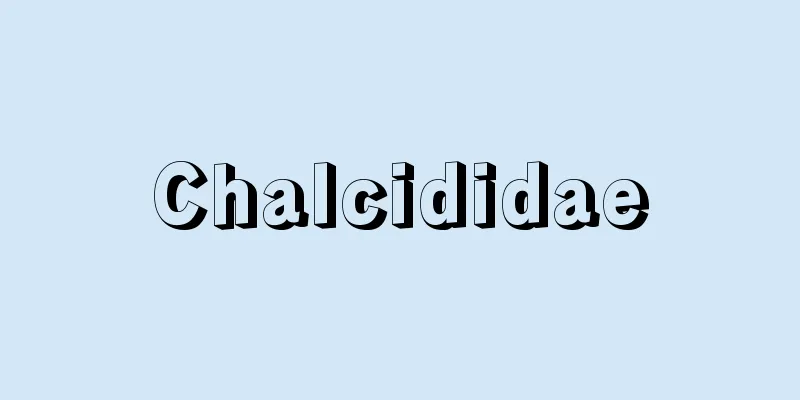Five grains - Gokoku
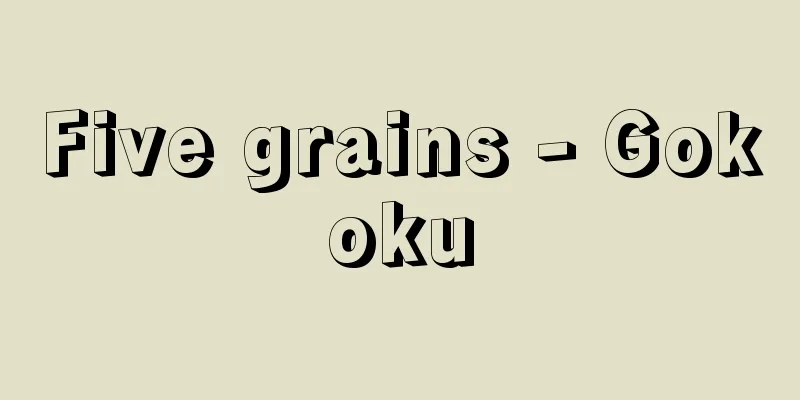
|
Among the staple grains, the five most important are called the five grains. In Japan, these are generally rice, wheat, foxtail millet, millet, and beans, but the types and rankings vary depending on the era and region. In ancient India, they referred to barley, wheat, rice, adzuki beans, and sesame, while in China they referred to the five types of hemp (probably sesame), wheat, barnyard millet, millet, and beans, or the five types of hemp, barnyard millet, wheat, rice, and beans, or the five types of millet, barnyard millet, beans, wheat, and rice. In addition, they are sometimes called the six grains (rice, foxtail millet, beans, wheat, glutinous millet, and sorghum) or the nine grains (non-glutinous millet, glutinous millet, glutinous millet, rice, hemp, soybeans, adzuki beans, barley, wheat, and there are various theories). [Hoshikawa Kiyochika] Source: Shogakukan Encyclopedia Nipponica About Encyclopedia Nipponica Information | Legend |
|
主食とする穀物のうち、とくに重要な5種をあげて五穀という。日本では、一般に米、ムギ、アワ、キビ、豆をさすが、時代や地域により、その種類や順位は相違する。古くインドではオオムギ、コムギ、米、アズキ、ゴマをさし、中国では麻(おそらくゴマであろう)、ムギ、ヒエ、キビ、豆の5種や、麻、ヒエ、ムギ、米、豆の5種、あるいはキビ、ヒエ、豆、ムギ、米の5種をさした。このほかに六穀(イネ、オオアワ、豆、ムギ、モチキビ、モロコシ)や九穀(ウルチキビ、モチキビ、モチアワ、イネ、麻、ダイズ、アズキ、オオムギ、コムギのほか、諸説あり)という場合もある。 [星川清親] 出典 小学館 日本大百科全書(ニッポニカ)日本大百科全書(ニッポニカ)について 情報 | 凡例 |
<<: The Tale of a Woman Who Defended the Nation - Gokoku Onna Taiheiiki
>>: Hua Hong-ming; Ku Hung-ming
Recommend
Koshikijima Islands - Koshikijima Islands
They are also called the Koshiki Islands, or simp...
Jules Laforgue
A French poet from the late 19th century. Born on...
Jobo Garu (English spelling)
…Its Tibetan name is Chomo Tseringma. It faces th...
Battle of Bila Hora - Battle of Bila Hora
In November 1620, on the hill of Bílá hora (Weisse...
Hiromichi Akamatsu
1562-1600 A military commander during the Oda-Toy...
Masakoto Kimura
A scholar of Japanese classics and Japanese langu...
Mondeville, H.de (English spelling) MondevilleHde
…However, animals were mainly used for practical ...
Miyayama Kofun
There are ancient tombs called Miyayama in various...
Year Star - Saisei
The Chinese name for Jupiter. One of the five star...
"Kinmozui" - Kinmozui
…In addition, Confucianism established its orthod...
Zomba (English spelling)
A city in southern Malawi. It is located 884m abov...
Macrobius, Ambrosius Theodosius
Roman philologist and philosopher active around 40...
Warehouse - Kura
A building for storing grain, clothing, furniture,...
Okotan [Hot Spring] - Okotan
...The central part of the lake bottom is extreme...
Linderia bicolumnata (English spelling)
...A species similar to the basket mushroom, with...

